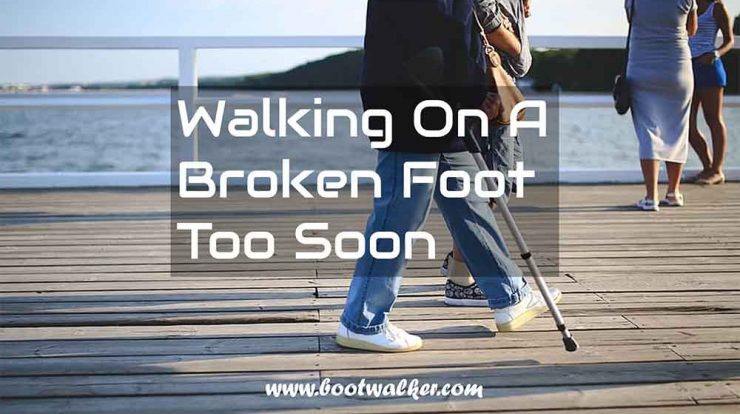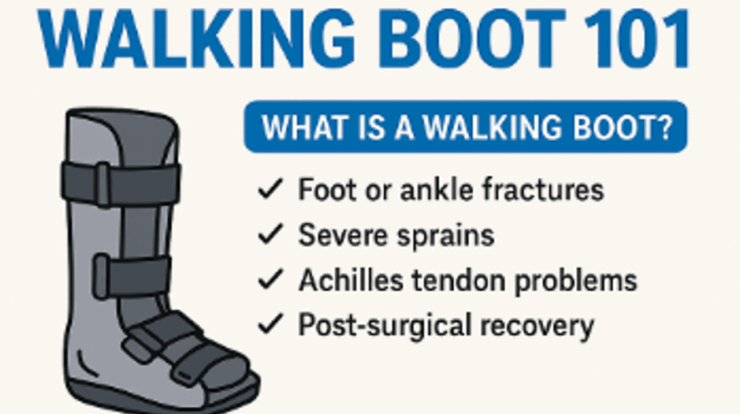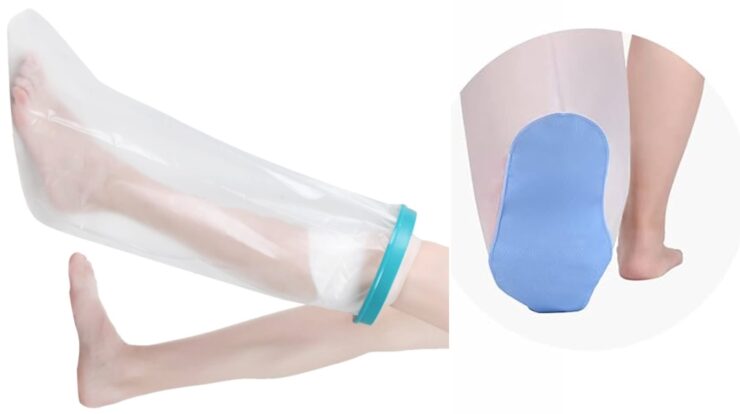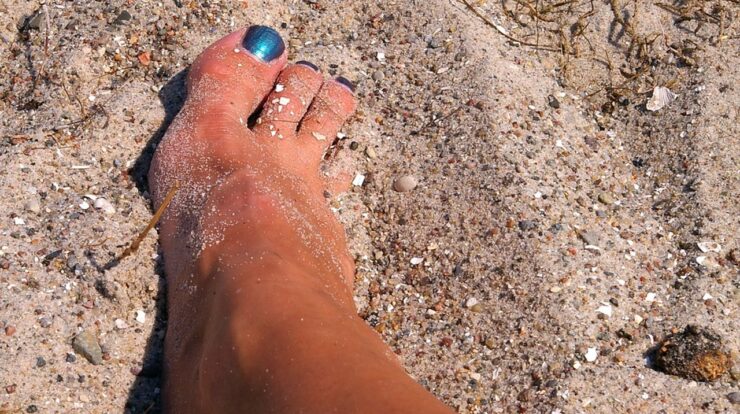
Is walking on a broken foot too soon a big problem? If you have ever wondered this question, you do not have to join the thousands of others who asked the same question without seeking a solution.
Here, in this article, I did some extensive research and provide you with the solution here and have also linked out to some very useful articles from authority websites.
What Would Happen If You Start Walking On A Broken Foot Too Soon?
The answer to the question of walking on a broken foot too soon is quite simple. You can definitely walk on a broken foot but only if the injury is not severe. However, if you suspect a broken foot, you should not walk on it (the broken foot) as walking on it too soon will serve to worsen the injury and cause more damage to bones and ligaments.
A broken bone can happen at any time and is more common in children than in adults. In most cases, your bones don’t just snap like a twig, no, instead, microfractures occur in bones over an extended period of frequent stress on the bones.
Depending on the severity of the bone fracture, whether or not it involves soft tissue damage or ankle sprain you may be able to walk on your broken foot.
However, if you suspect a broken foot, you should not walk on it because walking on a broken foot too soon will cause more damage to the foot. You doctor will normally inform you if you can walk on your INJURED foot or not.
How Can I Tell If I Have Broken a Bone in My Foot?
Some people may suffer microfracture and do not realise it. If you want to know for a fact if your foot is broken, you should look out for some of the following signs and symptoms:
- Swelling
- Throbbing pain
- Pain that increases with movement and decreases with rest
- Tenderness
- Bruising
- Difficulty in bearing weight
- Deformity
If you press again the injury you will experience more pain. The only way to fully diagnose if you have a broken bone is by doing an x-ray. When you go to the doctor he or she would send you to the relevant department to do the exray.
If You Have A Broken Foot Or Arm, How Long Do Bones Take To Heal?
For most simple fractures, the healing process takes about six to eight weeks without surgery. Severe fractures may require surgery and more recovery time. Toe fractures are common and generally heal well with little or no therapy.
Although the bones may take six to eight weeks to heal, the pain usually improves much earlier.
The Healing Process: How Do Bones Heal?
During the bone healing process a thick layer of new bone called “callus” around the fracture to hold it in place.
Over time the bone continues to heal, removing the rough edges, remaking the hard outer covering and the marrow inside, and removing the extra layers of callus.
During this “remodelling”, the body can straighten the fractured bone by laying new bone on the inside edge and taking away bone on the outside of the angled area. The bone will appear completely normal within one to two years of healing.
However, is you walk on the broken foot during the callus forming stage you will prolong the healing time of the bone. If you continue to reinjury the broken spot if may cause deformity of the bones. It is for this reason that your doctor will normally prescribe a boot walker to keep your foot in an immobilized state. Movement of the bones during the healing stage is a bad thing.
After the 4 to 8 weeks the bone is normally stronger but the doctor will still require that you take time off standing on the leg.
Weight-bearing Vs Non-weight-bearing, Can I Walk On The Broken Foot?
Fractures tend to get worse over time if you keep on walking on it when you are not supposed to. So, it is very important that if your doctor says, please do not put weight on your injured foot that you follow his or her instructions.
If you are not to put the weight of your body on your foot the doctor will tell you that your injury it is a non-weight bearing one. In the layman’s terms, Non-weight-bearing simply means, do not walk on the foot. It is therefore very important that you follow his or her instructions exactly. That is if you want your bones to heal properly. If you develop problems with healing it may require surgery.
If your injury is weight-bearing then you can walk on the foot. The doctor will, however, give you a walking boot to wear. The walking boot will protect your joint until it is strong enough to support your full body weight without the risk of reinjury.
You may require a crutch to support yourself while you walk. Crutches can be quite uncomfortable but there are little things that you can do to make your crutches more comfortable. If you have to use crutches then you can check out the article, life with crutches on this site.
If you are active and just can’t relax one place you can get a wheel scooter to move around so that you do not have to place weight on the foot. Most people like Iwalk2.0 because they can freely use their hands while the device is operational.
Conclusion
It is important that you do not start walking on a broken foot too soon as you may reinjure your bones. During the time of your healing, you may walk unevenly or have an improper gait and poor form.
Sometimes people may have an alignment issue which may cause knee pain. You can check on the program on how to reduce knee pain in the knee naturally by over fifty per cent without the need for expensive surgery.
Back to boot walker home page.
Reference






